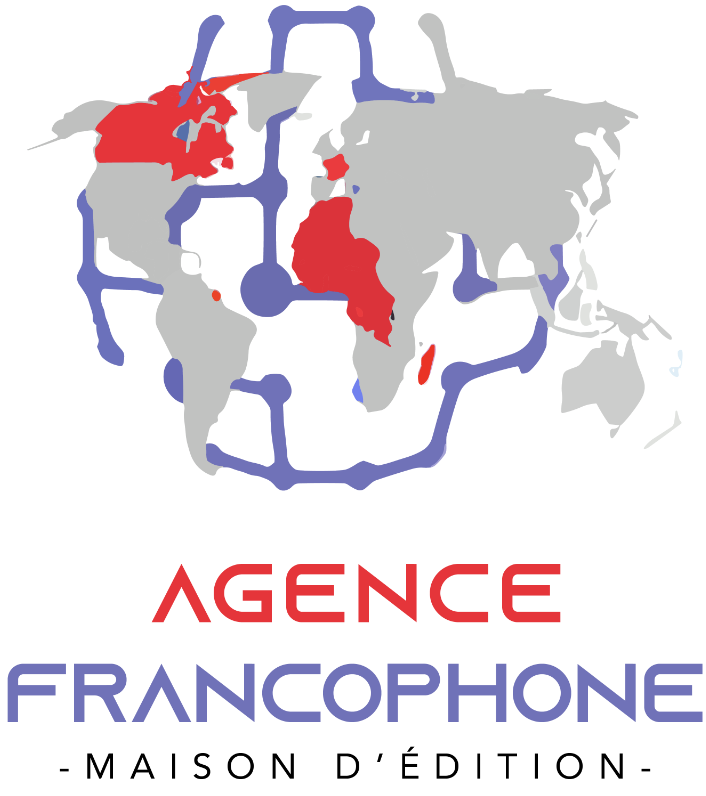La politique cinématographique de l’Etat du Cameroun de 1962 à 1973 : entre prise de conscience et balbutiements
Palavras-chave:
politique cinématographique, Cameroun-Actualités, le Service du Cinéma, la Direction de la Cinématographie, films de propagandeResumo
Résumé
Le 1er janvier 1960, le Cameroun oriental autrefois sous administration française devint indépendant. En tant qu’Etat souverain, il avait désormais la capacité de définir les grandes orientations politiques, économiques et socioculturelles devant faciliter et accélérer son développement. C’est dans ce contexte que les pouvoirs publics prirent conscience des multiples potentialités du cinéma. Pour le structurer, une politique cinématographique embryonnaire était alors implémentée. Le fondement de cette stratégie résidait dans la création d’institutions spécialement dédiées à la promotion du septième art. Cette politique prit réellement forme avec la création, dès 1962, du premier organisme cinématographique national. De même, la plus importante de ces institutions était le Fonds de Développement de l’Industrie Cinématographique (FODIC) qui vit le jour le 27 octobre 1973. Cependant, entre les deux périodes, plusieurs initiatives étaient entreprises en vue de dynamiser la filière. Cet article se propose d’examiner les faits saillants de la politique cinématographique mise en œuvre par l’Etat du Cameroun entre 1962 et 1973.
Downloads
Downloads
Publicado
Como Citar
Edição
Seção
Licença
Copyright (c) 2025 Jospin Odilon TAYONG FOTSA

Este trabalho está licenciado sob uma licença Creative Commons Attribution-NonCommercial 4.0 International License.















